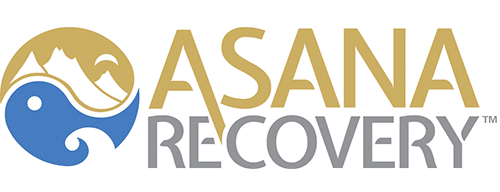When you think of drug abuse, do you consider it to be a law enforcement problem or a healthcare problem? The answer to that probably depends on your particular circumstances. Those people who haven’t been touched by addiction tend to view it as more of a moral failing, something to be dealt with by the courts and kept out of their neighborhoods in much the same manner as they would view gang violence. People who have personally struggled with substance abuse or watched a friend or family member do so are more likely to look at the personal costs – the many ways that drugs ravage the body and mind. In fact, the view of drugs as a legal rather than medical problem is a fairly new one.
Cannabis has been used for thousands of years for medical purposes, which we are only now beginning to accept. Opium has long been used as a painkiller (and now so are its derivatives, like morphine and codeine. Laudanum, a diluted solution of opium, was used as an analgesic and sedative. Cocaine also has a long history of being used to treat diseases and illnesses, and even today it’s used as a topical numbing agent. So why is it that after hundreds or thousands of years of being used both medically and recreationally, it’s not until fairly recent times that the use of these drugs has been controlled or criminalized?
Some people argue that’s it’s all based in racism. In the mid-1800s, thousands of Chinese immigrants came to the United States. First it was because of the Gold Rush, and then they began coming to help with large labor projects like the Central Pacific Railroad. However, as these projects were completed and gold began to dwindle, the Chinese began to be viewed with animosity. Part of this was simply because they were competition, but part of it was xenophobia. In 1882, President Chester Arthur signed the Chinese Exclusion Act into law, prohibiting all immigration of Chinese laborers.
What does prejudice against the Chinese have to do with drug laws? The Chinese immigrants were fond of smoking opium. With the rise in anti-Chinese sentiment, reports of amoral, anti-Christian drug dens frequented by Chinese opium users began to spread. Drug use was framed as a contaminated of (white) American values by foreign influences. As a result, the first International Commission on Opium was convened in 1909 to discuss the opium trade. On January 23, 1912, the International Opium Convention was signed at The Hague, becoming the first international drug control treaty.
That was hardly the end of the bias-driven drug laws. The next target would be cocaine, which was seen as a drug mostly used by black people. A doctor named Hamilton Wright, who had represented the U.S. at the Commission, sent a report to the Senate saying that cocaine had been “a potent incentive in driving the humbler negroes all over the country to abnormal crimes.”
If you or a loved one need help with quitting drugs or alcohol, consider Asana Recovery. We offer medical detox, along with both residential and outpatient programs, and you’ll be supervised by a highly trained staff of medical professionals, counselors, and therapists. Call us any time at (949) 438-4504 to get started.



